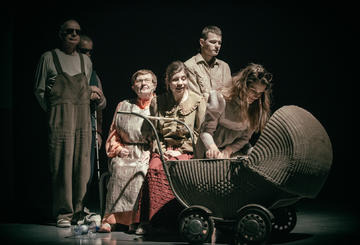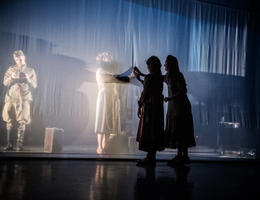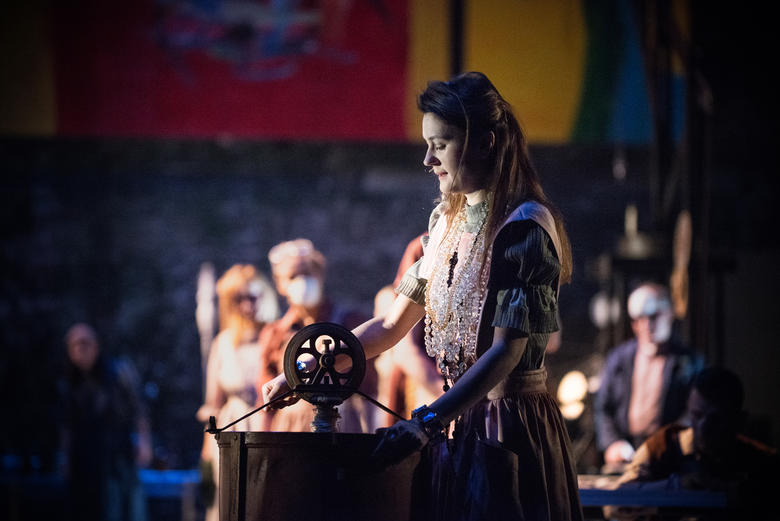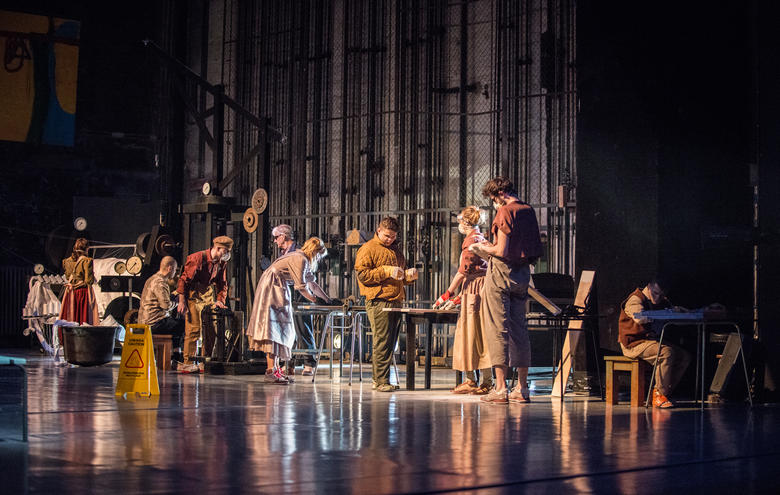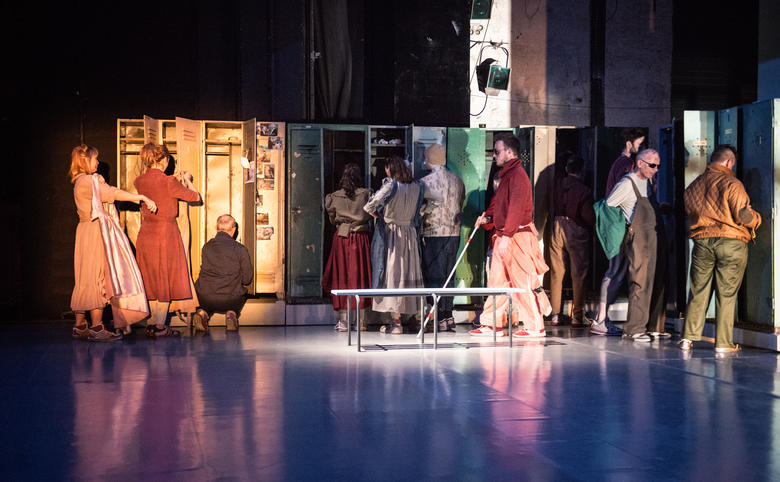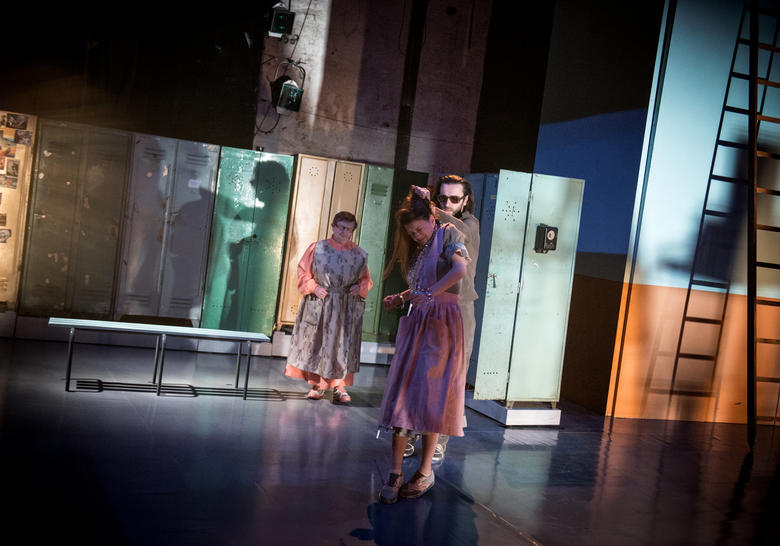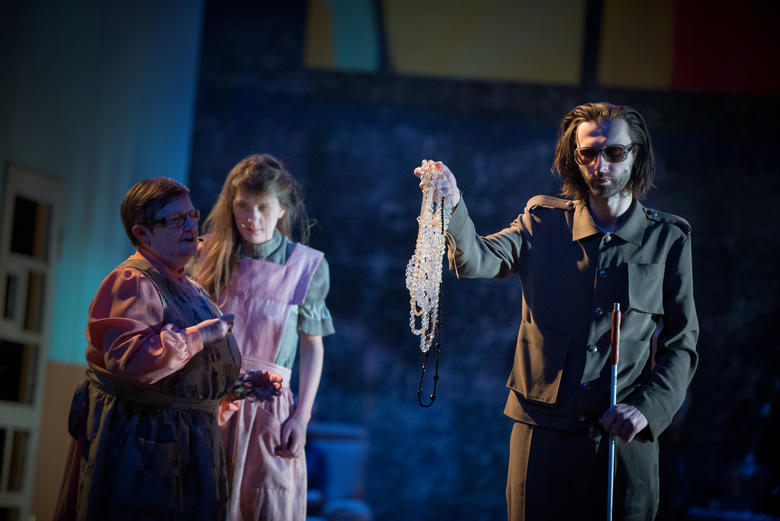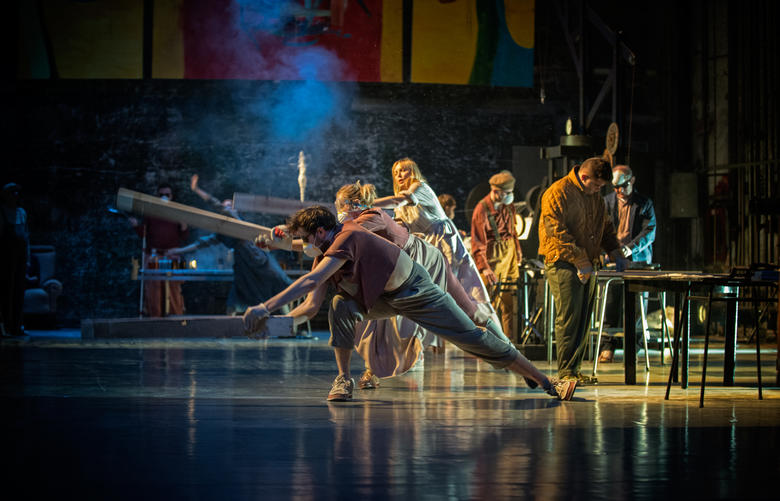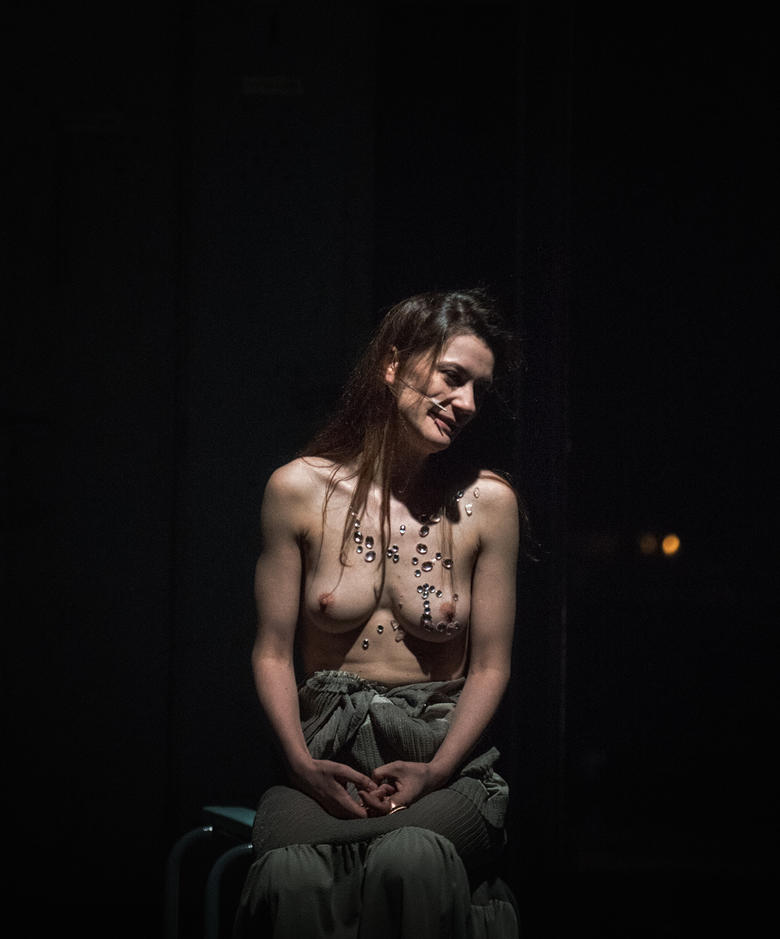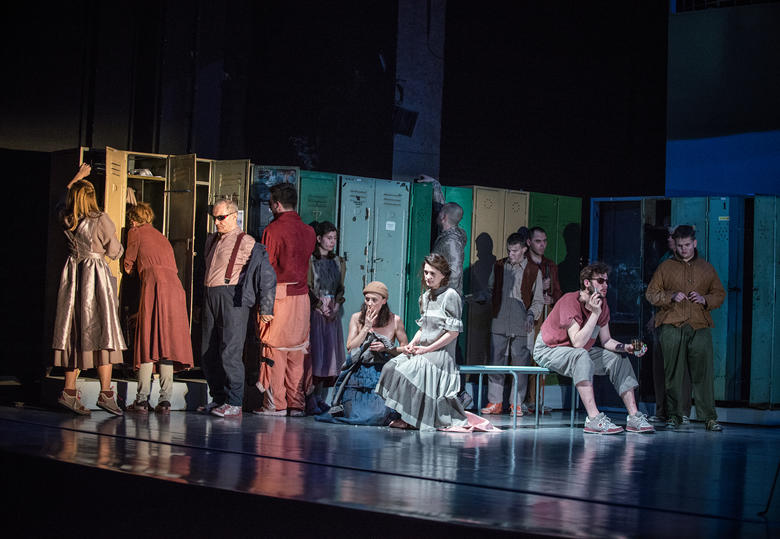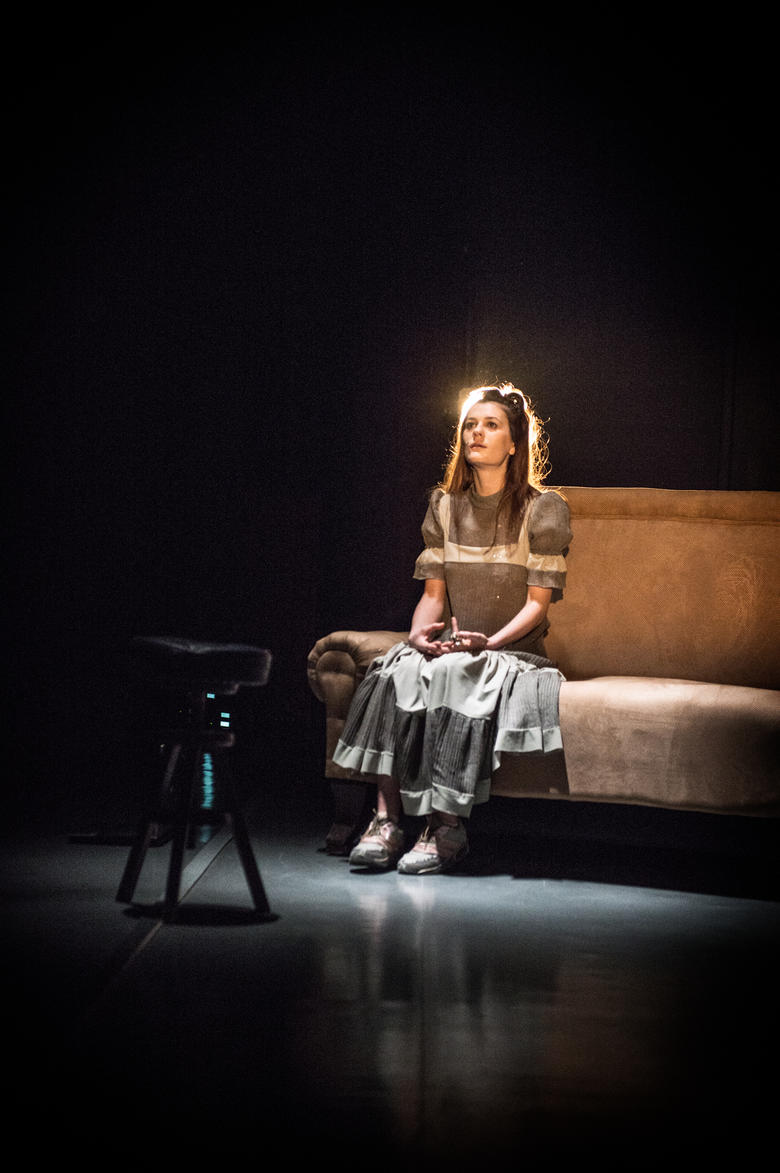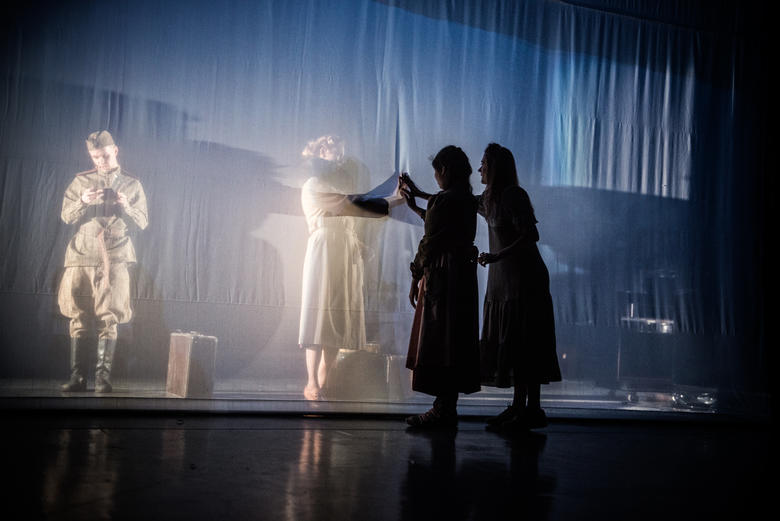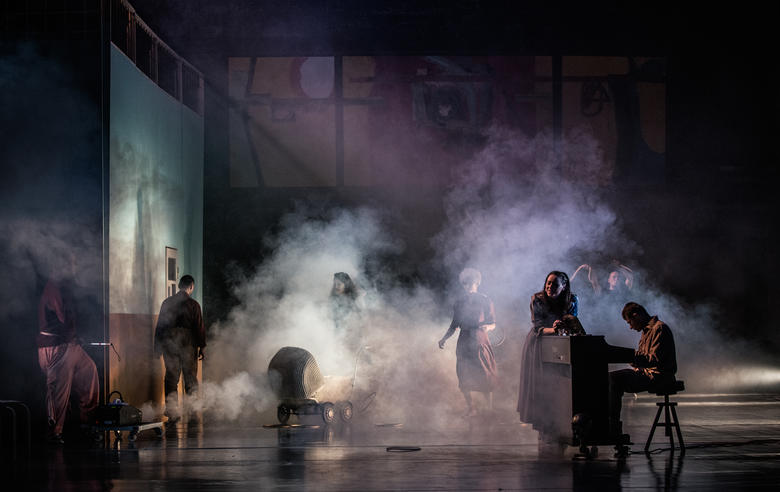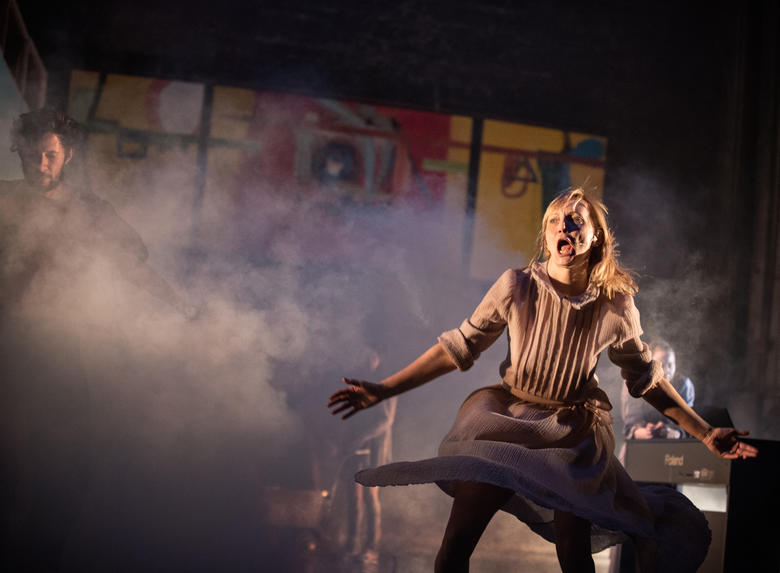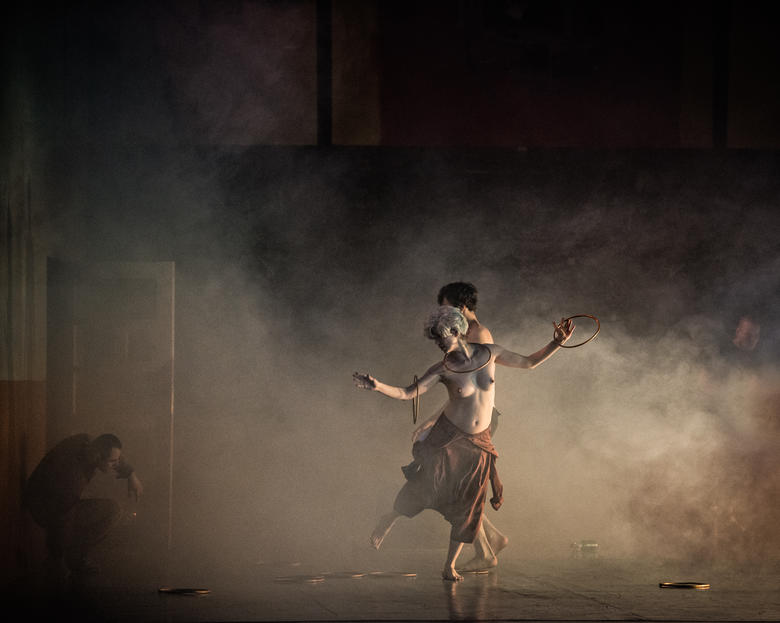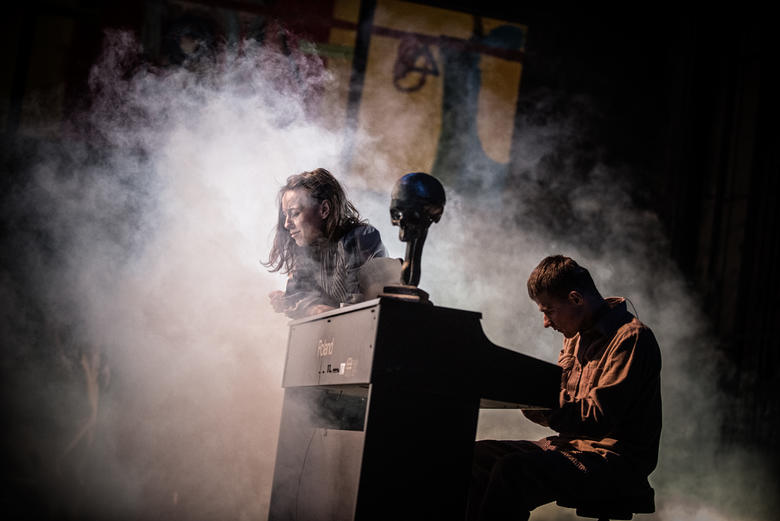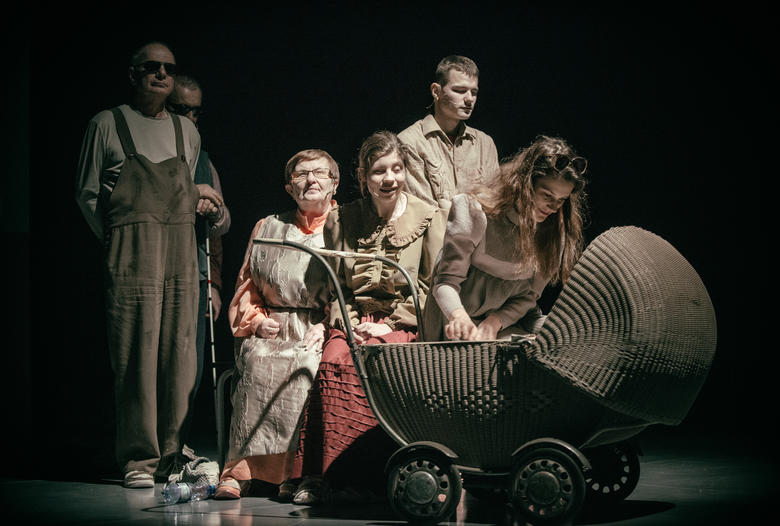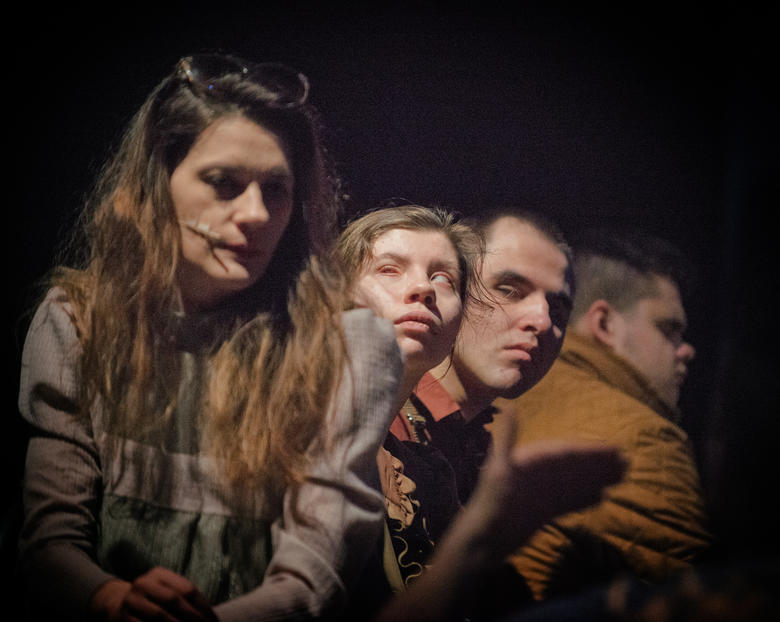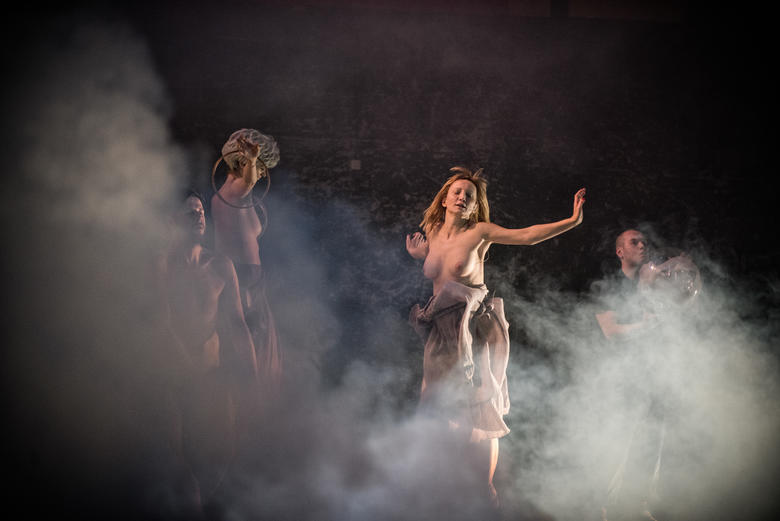All that is solid melts into air, all that is holy is profaned, and people finally have to look realistically at their standing in life as well as their mutual relations. (Marx, The Communist Manifesto)
In a culture saturated with images, where the sense of sight has a dominant position and the dispute between iconoclasm and iconophilia is realised in its radicalized dimension, it is worthwhile to ask about the rules of producing visual experiences. Does vision really determine our relationship with reality? Or is visualization a process of “creating the visual” and as such a domain of imagination, not sight, as it is claimed by Nicholas Mirzoeff, an American media theorist?
We have invited a group of visually impaired people to cooperate with the actors while facing a play that has always been considered a literary work rather that a theatre script. The challenge set by Goethe encompasses more than the gigantic scope of the text which comprises of more than twelve thousand verses, or the scope of the timeline which spans three thousand years. “Faust” was written as theatre in theatre, and if everything that appears on stage gains its theatrical form and sign, then how do we present the metaphysical level of the text? And what if Goethe understood it literally - is a poodle a living dog? What does a dog which was possessed by the devil look like? What does it look like if something is unshowable in theatre?
